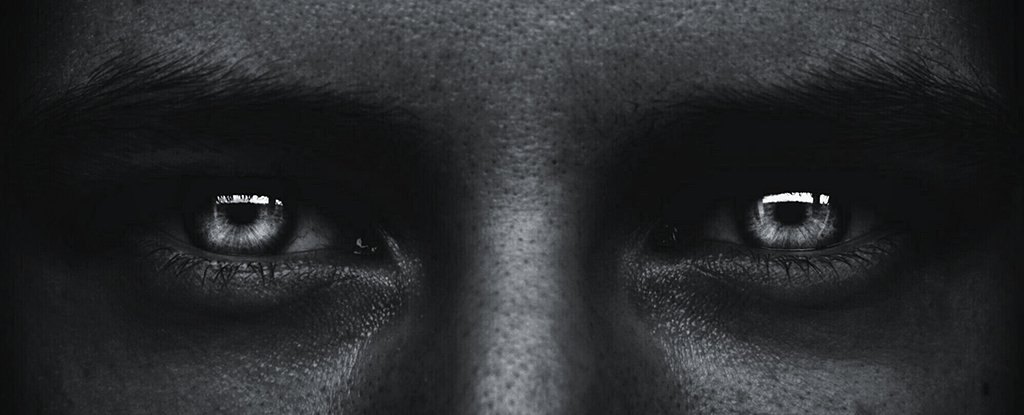There's a Cancer Treatment That Gives People 'Night Vision'. Here's How - ScienceAlert

Among all the different types of cancer treatment, photodynamic therapy – where light is used to destroy malignant cells – might have one of the strangest side effects: Patients are often better able to see in the dark.
Last year, researchers finally figured out why this happens: Rhodopsin, a light-sensitive protein in the retinas in our eyes, interacts with a photosensitive compound called chlorin e6, a crucial component of this type of cancer treatment.
The work built on what scientists already knew about the organic compound retinal, which is found in the eye and usually isn't sensitive to infrared light.
Visible light triggers retinal to separate from rhodopsin – this is converted into the electrical signal our brains interpret to see. While we don't get much visible light at night, it turns out this mechanism can also be triggered with another combination of light and chemistry.
Under infrared light and with a chlorin injection, retinal changes in the same way as it does under visible light.
"This explains the increase in night-time visual acuity," chemist Antonio Monari, from the University of Lorraine in France, told Laure Cailloce at CNRS back in January 2020.
"However, we did not know precisely how rhodopsin and its active retinal group interacted with chlorin. It is this mechanism that we have now succeeded in elucidating via molecular simulation."
Together with some high-level chemistry calculations, the team used a molecular simulation to model the movements of individual atoms (in terms of their respective attraction or repulsion), as well as the breaking or creating of chemical bonds.
The simulation was run for several months – and chewed through millions of calculations – before it was able to accurately model the chemical reaction caused by infrared radiation. In real life, the reaction would happen in mere nanoseconds.
"For our simulation, we placed a virtual rhodopsin protein inserted in its lipid membrane in contact with several chlorin e6 molecules and water, or several tens of thousands of atoms," Monari told CNRS.
As chlorin e6 absorbs the infrared radiation, it interacts with the oxygen in the eye tissue, transforming it into highly reactive singlet oxygen – as well as destroying cancer cells, singlet oxygen can also react with retinal and enable a boost in night vision, the molecular simulation shows.
Now scientists know the chemistry underpinning this weird side effect, they might be able to limit the chance of it happening in patients undergoing photodynamic therapy, who have reported seeing silhouettes and outlines in the dark.
Further down the line, this chemical reaction could even be harnessed to help treat certain types of blindness or over-sensitivity to light – though it's absolutely not recommended trying to use chlorin e6 to give yourself superhuman night vision.
It's another example of the insights we can get from molecular simulations too, and how the most powerful computers on the planet are able to give us a deeper understanding of science than we would have otherwise.
"Molecular simulation is already being used to shed light on fundamental mechanisms – for example, why certain DNA lesions are better repaired than others – and enable the selection of potential therapeutic molecules by mimicking their interaction with a chosen target," Monari told CNRS.
The research was published in the Journal of Physical Chemistry Letters.
A version of this article was first published in February 2020.

Comments
Post a Comment